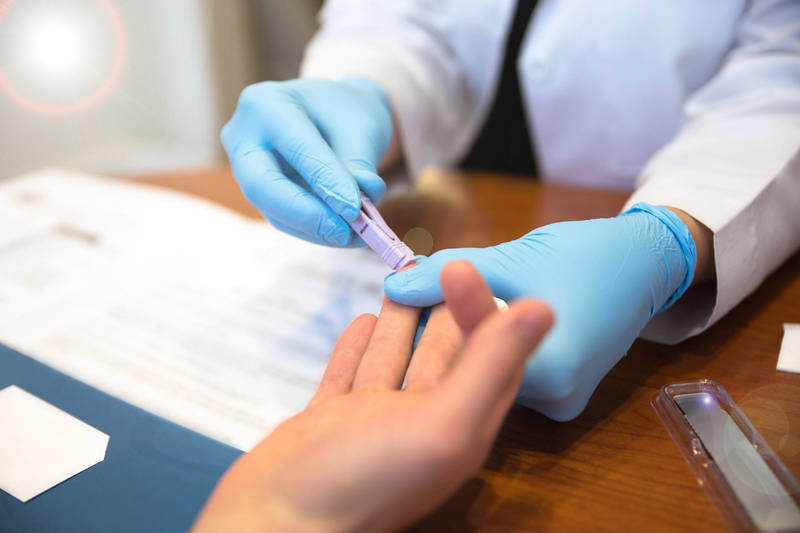The latest HIV epidemic data from the Dunedin School of Medicine’s AIDS Epidemiology Group has shown a sustained decline in new HIV diagnoses in New Zealand.
New HIV diagnoses have continued to decline for a second year in a row following a concerning peak in 2016, which recorded the highest numbers in New Zealand history.
The decline which is seen across several demographics is most evident in gay, bisexual, and other men who have sex with men (MSM). Diagnoses among MSM where infection occurred in New Zealand have seen a step 39% decline, from 98 in 2016 to 60 in 2018.
New Zealand AIDS Foundation (NZAF) Acting Chief Executive Joe Rich says this trend is exciting news for the country’s goal of ending new HIV transmissions by 2025.
“Recent years have seen huge changes in how we think about HIV- so seeing this result is a sign that we’re getting some things right. There is a real potential to end new HIV transmissions in New Zealand and this continued drop is encouraging to see.”
AIDS Epidemiology Group Leader Dr Sue McAllister believes the decline among MSM over the last two years is likely thanks to several changes in treatment access, funded medications and awareness campaigns.
“Changes within the last few years, including treating all HIV-positive individuals, availability of pre-exposure prophylaxis (PrEP) for individuals at high-risk for HIV, and ongoing campaigns emphasising the use of condoms and the importance of regular HIV testing are likely to reduce the number of MSM being infected in New Zealand.”
“Although there is a lot to celebrate about this continued decline, it is not a time to rest on our laurels,” Joe Rich explains.
“There’s still a lot of work to be done to keep seeing this trend. We will ensure people know this decrease doesn’t mean people think the job is done – but it is definitely something to celebrate.”
Joe Rich adds, “NZAF will keep fighting HIV stigma through education and support, and continue to champion regular testing, staying safe and early connection to treatment.”
Despite the progress, with gay and bisexual men still disproportionately impacted by HIV, the NZAF has reaffirmed its calls on the government to fulfil promises made to fund behavioural studies, which have not been carried out since 2014.
With observations from these studies giving essential insights into how prevention tools are being accepted and implemented among gay and bisexual men, as well as trends in behaviours and the new risks that can be addressed, such behavioural studies are extremely important in continuing the downward trend of new HIV diagnoses.
“In order to have the most impact with targeted behaviour change and awareness campaigns, we need more data that looks at actual prevention strategy use and behaviour trends. Being equipped with this knowledge is how we address real, situational HIV risk and maintain this decline,” says Joe Rich.























